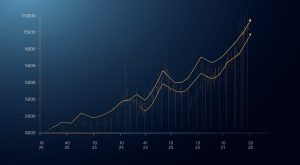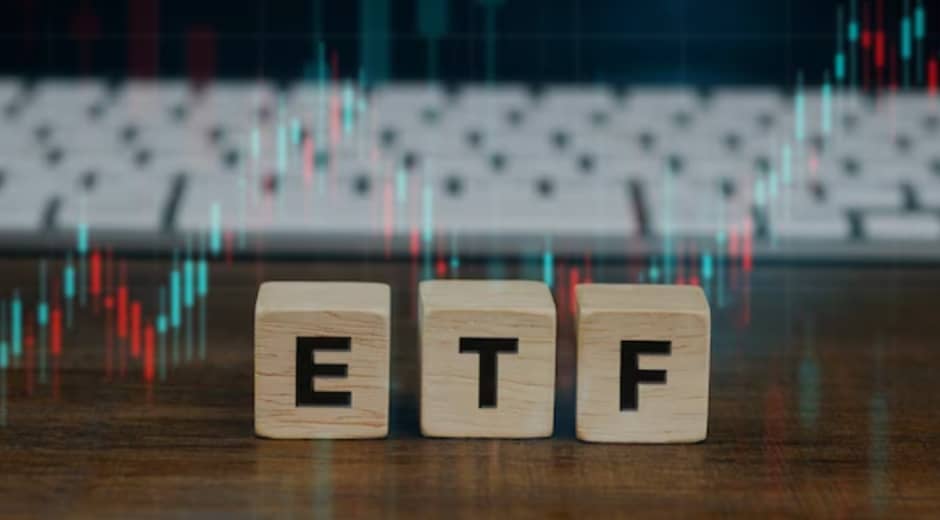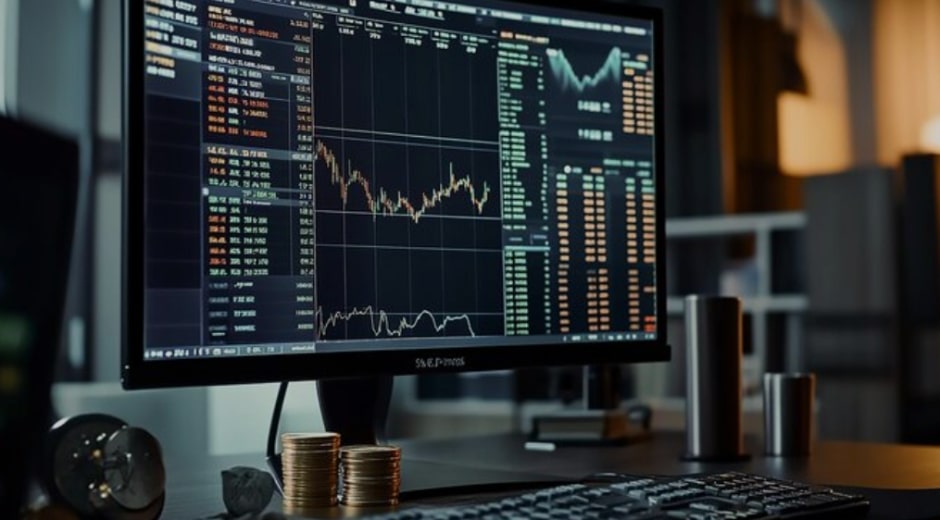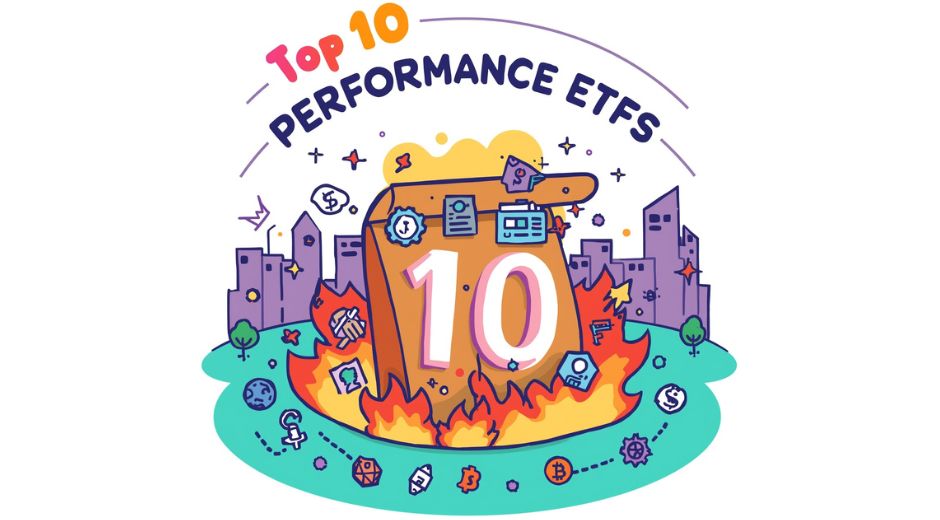Cybersecurity ETFs: Safeguarding Portfolios in the Digital Era
In an era where cyber threats are escalating in frequency and sophistication, Cybersecurity ETFs have emerged as a strategic investment vehicle for both institutional and retail investors. These exchange-traded funds provide diversified exposure to companies that develop, deploy, and manage cybersecurity technologies, enabling portfolios to benefit from the growing importance of digital defense.
What Are Cybersecurity ETFs?
Cybersecurity ETFs are funds that invest in a basket of companies focused on protecting networks, data, and digital infrastructure from cyber threats. They typically include firms specializing in:
Threat detection and prevention software.
Network security solutions and firewalls.
Cloud security and encryption technologies.
Managed security service providers (MSSPs).
These ETFs offer investors a convenient and diversified way to gain exposure to the cybersecurity sector, which is rapidly expanding due to increasing demand across industries.
Why Cybersecurity ETFs Are Gaining Attention
Several factors make Cybersecurity ETFs highly attractive:
Rising Cyber Threats: High-profile data breaches and ransomware attacks have heightened demand for robust digital security solutions.
Diversification Benefits: ETFs reduce company-specific risk by including multiple cybersecurity firms.
Long-Term Growth Potential: As businesses and governments invest heavily in digital security, the sector exhibits consistent expansion.
Alignment with ESG Goals: Protecting sensitive data and digital infrastructure aligns with governance and risk management priorities.
According to Investing.com, cybersecurity spending is expected to reach new highs over the next decade, supporting the growth of ETFs focused on this sector.
Key Sectors within Cybersecurity ETFs
Enterprise Security: Solutions for corporations managing large-scale networks and sensitive data.
Cloud Security: Protecting data stored on cloud platforms, a rapidly growing segment due to widespread adoption.
Endpoint Security: Devices such as laptops, smartphones, and IoT devices require robust security solutions.
Threat Intelligence & Analytics: Firms offering real-time monitoring and predictive analytics to preempt cyberattacks.
Investors benefit from exposure across these sub-sectors, capturing growth opportunities while mitigating risks associated with individual companies.
Leading Cybersecurity ETFs
Prominent ETFs in the cybersecurity space include:
ETFMG Prime Cyber Security ETF (HACK): Tracks global cybersecurity companies with significant market presence.
First Trust Nasdaq Cybersecurity ETF (CIBR): Focuses on U.S. firms specializing in cybersecurity technologies.
Global X Cybersecurity ETF (BUG): Provides diversified exposure to innovators in digital security.
These funds provide an accessible entry point for investors seeking exposure to a high-growth, technology-driven sector.
Investment Considerations and Risks
While promising, Cybersecurity ETFs carry some risks:
Market Volatility: Tech-focused ETFs may experience sharp price swings based on sector performance and tech trends.
Regulatory Changes: Cybersecurity regulations may affect company operations, impacting ETF holdings.
Competitive Landscape: Rapid innovation can disrupt incumbents, affecting returns in concentrated ETF portfolios.
Investors should conduct due diligence, analyze ETF composition, and consider long-term growth prospects when allocating capital to cybersecurity-focused investments.
Growth Drivers and Market Outlook
The long-term outlook for Cybersecurity ETFs is robust, driven by:
Digital Transformation: Businesses continue migrating to digital platforms, increasing demand for security solutions.
Cloud Adoption: The shift to cloud computing expands the market for cybersecurity services.
IoT Expansion: Internet-connected devices create new security challenges, driving innovation and investment.
Government and Defense Initiatives: Public sector cybersecurity spending supports market growth.
Resources such as Financeworldhub.com provide detailed insights into ETF performance, sector analysis, and emerging cybersecurity trends.
Technological Innovations Shaping Cybersecurity
Innovation in the sector further supports growth in Cybersecurity ETFs:
AI and Machine Learning: Enhances threat detection and predictive analytics.
Blockchain Security Solutions: Protects data integrity in decentralized networks.
Cloud-native Security Tools: Integrated security for cloud-first environments.
Automated Response Systems: Rapid mitigation of cyberattacks reduces organizational risk exposure.
Insights from TripBeyondTravel.com emphasize the growing importance of technology integration and strategic adoption in driving cybersecurity growth and investor returns.
Conclusion
Cybersecurity ETFs represent a compelling way to invest in a sector that is both essential and rapidly expanding. By offering diversified exposure to companies defending the digital frontier, these ETFs provide a balance of growth potential and risk management.
As cyber threats continue to evolve, the demand for robust security solutions will drive further innovation and market expansion, positioning Cybersecurity ETFs as a key investment vehicle for forward-looking portfolios.
For ongoing market analysis and sector-specific insights, explore resources like Investing.com and TripBeyondTravel.com.
Education Made Simple

Blue Chip Stocks in 2025: Resilience, Reliability, and Real Growth
Blue Chip Stocks in 2025 remain pillars of market stability and growth, offering investors security, dividends, and consistent long-term value.

Index Funds in 2025: The Timeless Strategy Thriving in a New Financial Era
Index Funds in 2025 remain a cornerstone of smart investing, balancing simplicity, diversification, and steady returns in a volatile market environment.

Natural Gas in 2025: Balancing Energy Demand and Sustainability
Natural Gas in 2025 plays a pivotal role in global energy transition, balancing affordability, sustainability, and reliability amid evolving markets.

Tokenization in 2025: Redefining Ownership in the Digital Economy
Tokenization in 2025 transforms how assets are owned, traded, and valued, bringing transparency and liquidity to global financial systems.

Earnings Season 2025: What Investors Should Watch for in a Shifting Market
Earnings Season 2025 reveals how corporate results are shaping market confidence, guiding investors through volatility and economic transition worldwide.

Dividend ETFs in 2025: Consistent Income for a Volatile Market
Dividend ETFs in 2025 offer stability and passive income amid market uncertainty, helping investors balance risk and long-term returns effectively.












